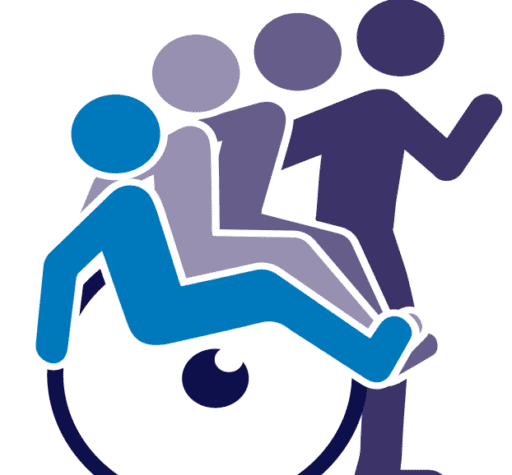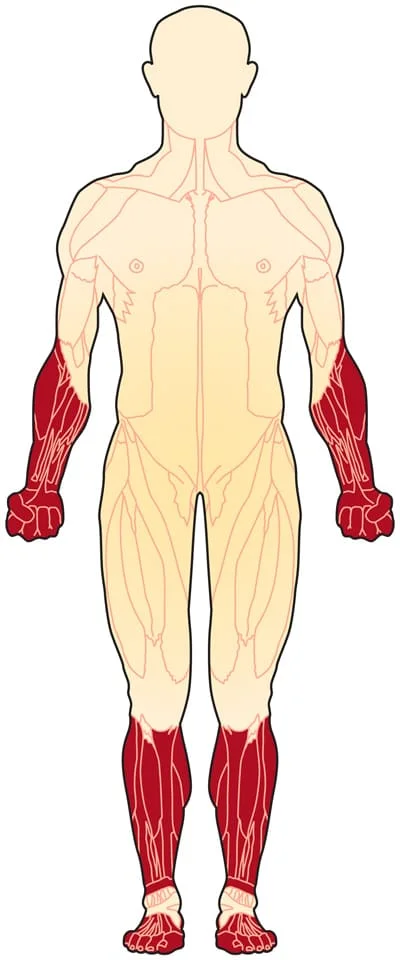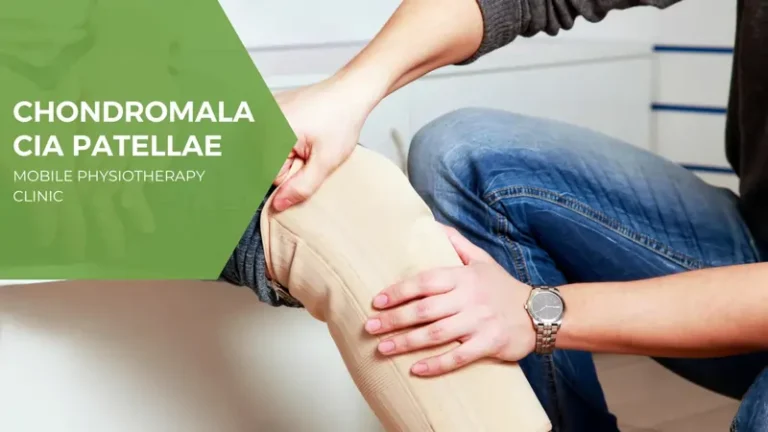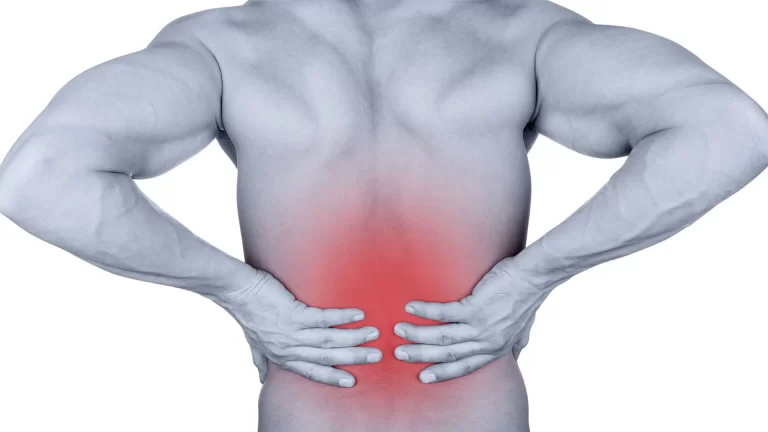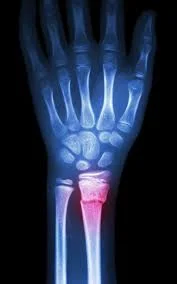Elbow Pain
Elbow pain is a common condition that can result from overuse, injury, or inflammation of the joints, tendons, or muscles around the elbow. It may occur due to repetitive activities, sports injuries, or underlying conditions like arthritis or tendonitis. Proper rest, stretching, and medical evaluation are essential for effective treatment and recovery.
Table of Contents
What Is Elbow Pain?
- Elbow pain is just pain in and around the elbow, as the name indicates. Deep elbow joint ache, outside elbow pain, or inside elbow pain are all possible. You may be experiencing pain in one or both of your elbows. When you lift something, bend your arm, or straighten your arm, it could have an impact on you. It might hurt dullly or sharply.
- Soft tissues like your tendons that are stretched or inflamed are frequently the cause of elbow pain. Usually, elbow pain may be managed at home with self-care measures like taking pain medication and taking it easy for a few days. But occasionally, elbow pain is brought on by a medical disease like arthritis.
- In most cases, elbow pain is not a major sign of anything. If it does not resolve on its own after a few weeks, however, you should consult a medical professional.
Causes Of Elbow Pain
- Tendinitis
- Arthritis
- Bursitis
- Nursemaid elbow
- Lupus
- Injuries
Tendinitis: An injury or inflammation of the delicate, fibrous fibers known as tendons, which connect your muscles to your bones, is referred to as tendinitis. Overuse of the tendons is a typical cause of tendinitis.
Arthritis:
The following types of arthritis can impact your elbow joint: Rheumatoid arthritis, Osteoarthritis, Juvenile arthritis, Psoriatic arthritis, and Gout.
Bursitis: Inflammation of your bursae results in bursitis. Underneath your skin near the elbow tips are tiny sacs called bursae that are filled with fluid. Bursitis presents as pain, stiffness, and edema.
Nursemaid elbow: One ailment that can affect infants and young children is nursemaid elbow. When a child’s arm is held, a little bone in the elbow joint becomes partly dislocated.
Lupus: Your immune system may wrongly target healthy tissues in lupus, another chronic autoimmune disease. Although lupus might affect your elbows, it usually affects your hands and feet.
Injuries: Elbow pain can also result from injuries such as fractures, sprains, strains, dislocations, and tendons.
Types Of Elbow Pain
- Medial epicondylitis
- Lateral epicondylitis
- Olecranon bursitis
- Osteoarthritis
- Dislocation or fracture of the elbow
- Ligament strains and sprains
- Osteochondritis dissecans
Elbow Pain
When To See a Doctor?
Elbow pain often goes away on its own or with easy self-care techniques. A doctor should be consulted if:
- Even if you haven’t been hurt or uncomfortable, your arm or hand still feels tingling, numb, or weak after two weeks of resting your elbow and taking pain medication.
- Your initial point of call should be the accident and emergency department of a hospital if:
- You experience symptoms like excruciating pain that prevents you from moving your arm, fever, heat, redness, and swelling. Occasionally, this may indicate an infection.
- You believe that your elbow is fractured; this is likely the result of a clear injury, such as a direct hit or falling into an outstretched hand. A fracture will hurt, and there will typically be swelling and bruising.
Diagnosis
Elbow diseases can be diagnosed by your physician using:
- physical examination and medical history
- X-rays
- CT scan
- MRI scan
- electromyography (EMG)
- Biopsy of bursa fluid
Treatment
The treatment plan will be based on your elbow condition and symptoms. The majority of elbow conditions need conservative treatment. Surgery is the final option if your symptoms don’t get better.
You have the following alternatives for treatment:
- Ice
- Rest
- Nonsteroidal anti-inflammatory drugs (NSAIDs)
- physical therapy
- braces or immobilization
- steroid injections
- elbow padding
- Surgery
Drugs to reduce pain:
- Paracetamol and other painkillers can help reduce pain. Although you should take them as needed, it’s preferable to do so before the pain gets too terrible.
- Non-steroidal anti-inflammatory medicines (NSAIDs) are a class of medications that can reduce stiffness, pain, and swelling. You may get ibuprofen, a typical NSAID, from pharmacies and grocery stores.
- After using NSAIDs or painkillers, you should stop taking the medications and consult your doctor if you experience gastrointestinal issues.
- Additionally, there are anti-inflammatory gels or lotions that you may apply to your elbow without having any negative effects on your stomach.
Braces or immobilization: For specific disorders, including tennis elbow, wearing a splint to support your elbow might help reduce strain when engaging in activities that trigger flare-ups. Pharmacists, sports stores, and physiotherapists sell them. They go by the name epicondylitis clasps as well. Ask a doctor or pharmacist if you might benefit from wearing a splint and how and when to do so.
Heat or ice packs:
- Using an ice or heat pack for 10 to 15 minutes every few hours can help relieve elbow pain and stiffness. A hot water bottle, a reusable pad, or a microwaveable wheat bag can all be used. If you do not have an ice pack, a bag of frozen peas may also be useful.
- To avoid burning or irritating your skin, avoid applying heat or ice packs directly to it. It is best to first wrap them in a tea towel or similar cloth.
- When heat is applied to a particular area of the body, blood flow is encouraged, which can reduce pain, promote tissue healing, and relieve stiffness. Avoid applying heat to your elbow if it is inflamed or recently damaged, since this may exacerbate the condition.
- Swelling may be lessened by ice because it decreases blood flow to certain areas of the body.
- People occasionally discover that switching between ice and heat during the day helps.
Steroid injections:
- If you’re experiencing severe pain, your physician could recommend a steroid injection. For a few hours thereafter, the pain may worsen, but it normally subsides.
- Steroid injections may have a temporary impact on symptoms for specific diseases. After around six weeks, the effects of your steroid injection may begin to wear off, depending on the kind you had.
- As part of your treatment, your doctor could inject the elbow joint if you have a kind of inflammatory arthritis that affects it, including psoriatic or rheumatoid arthritis.
- Golfer’s elbow and tennis elbow do not respond well to steroid injections. They have the potential to exacerbate these diseases over time.
Surgery:
- While most elbow pain situations may be resolved with the above therapies, a few people will require surgery to alleviate their symptoms. Your condition will determine the kind of elbow surgery you need. Examples of various surgical procedures for certain elbow diseases are described below.
- You might be able to go home the same day because most surgeries are day-case procedures.
- You should discuss the advantages and disadvantages of surgery with your physician and the hospital staff.
- Should your stiffness be due to the formation of new bone or the shortening of soft tissues, you could require surgery to remove the bone or relieve the strain in the shortened tissues. Following the procedure, you will require physical rehabilitation.
- Keyhole surgery is an option if loose bone fragments are causing pain. This implies that a little cut or incision can be used to do the procedure, negating the need to open the joint. Arthroscopy is another name for this kind of procedure.
- If required, an open surgical technique with a larger incision might be used to remove bone fragments from the joint.
- An elbow replacement can be a possibility if your elbow arthritis is limiting your range of motion, producing excruciating pain, or making it difficult for you to go about your everyday life.
Physical Therapy for Elbow Pain
- To strengthen your elbow and prevent the disease from coming again, physiotherapy could be helpful.
- Professionals with training in physical therapy can assist individuals with chronic illnesses or injuries in becoming active and self-sufficient.
- Your physiotherapist will use exercises to help you maintain or restore elbow flexibility.It is advised to perform general range-of-motion exercises and elbow stretches on a regular basis. Exercises that strengthen your triceps and biceps using resistance bands or small weights may also be suggested by your physiotherapist.
- An occupational therapist is able to determine which motions can be uncomfortable. To help you preserve your ability to live your life and job, they can look at tasks that you find challenging and see whether there is another method to complete them.
Exercises For Elbow Pain
Exercise can help you recover from elbow pain and prevent it from recurring, depending on what caused it.
Stretches and exercises can:
- alleviate pain,
- Extend your range of motion,
- Strengthen the muscles surrounding the joint and lessen inflammation to help you prevent further injuries.
Exercises for pain relief:
According to research, the following workout regimens can help tennis elbow sufferers feel less pain and achieve better results:
Eccentric workouts: When practicing eccentric workouts, muscles grow under strain. According to a 2014 study, these exercises helped tennis elbow sufferers feel less pain. A 2015 review of the literature suggested that one form of eccentric exercise that may help reduce tennis elbow pain is wrist extensor strengthening.
Isometric exercises: When performing isometric workouts, muscles tighten and contract without moving. A 2018 study found that isometric wrist extension exercises were beneficial for those with tennis elbow. However, by itself, this activity might not help the condition in any other way.
Static stretching exercises: A 2013 comparative research found that static stretching activities should be combined with eccentric movements for the best pain alleviation and treatment results.
Strength training and aquatic activities may help reduce osteoarthritis discomfort in the knees and hips, according to many studies. Exercises to lessen elbow osteoarthritis and other elbow diseases require more study.
Safety While Doing Exercise
It’s crucial to discuss with your healthcare professional the kinds and intensities of exercise that will be most beneficial for you before beginning any fitness regimen.
When you start, follow the advice in mind:
- Stop if you experience acute pain and be gentle.
- When healing from an injury, try not to overstretch or exercise excessively.
- See your doctor if the pain doesn’t go away or gets worse, or if the region around your elbow gets more swollen or red.
- Exercise is frequently crucial to the healing process after an elbow injury.
Prevention
- Improving bad sports techniques
- Utilizing the appropriate tension on racquets and a grip that is the right size for sporting goods
- Properly warming up and stretching with elbow padding
- Taking pauses from repetitive jobs is also crucial. Perform specific exercises to build muscle around your elbow joint.
Summary
To find out the source of persistent or severe elbow discomfort, consult your healthcare professional.
Elbow problems are frequently treated with:
- Ice, stretching, rest, and physical therapy
In severe circumstances, however, surgery can be required. - Particularly for tennis elbow, stretching and exercise can help with healing and pain reduction.
- Using appropriate athletic skills, strengthening your elbow muscles, and taking pauses when doing repeated motions will help you prevent various elbow problems.
FAQ’s
Unspecific injury-related elbow pain is frequently caused by overuse, repeated movements, or underlying diseases such as arthritis or nerve compression. Referred pain from other regions, such as the neck or spine, tendinitis, and bursitis, are common reasons.
An elbow injury that occurs suddenly, particularly if you hear a snap or cracking sound.
bruising, swelling, and terrible pain surrounding the joint.
difficulty twisting your arm from palm up to palm down and back again, or difficulty moving your elbow or utilizing your arm as you normally can.
This study’s main finding is that those who have tennis elbow had far lower vitamin D levels than those who don’t have elbow pain. Those with normal vitamin D levels who did not experience elbow pain were actually twice as likely to suffer lateral epicondylitis as those with normal vitamin D levels.
Rest, ice, over-the-counter painkillers, and mild exercise are the main strategies for reducing elbow pain. For pain and inflammation, take ibuprofen or naproxen, rest the afflicted arm, and use ice packs for 20 minutes many times a day. Pain can also be lessened and flexibility increased with mild strengthening and stretching exercises, such as those for tennis elbow. Seek additional assessment and treatment options from a physician if pain continues or becomes worse. This may include physical therapy or, in extreme situations, steroid injections.
References:
- Elbow pain. (n.d.). Versus Arthritis. https://versusarthritis.org/about-arthritis/conditions/elbow-pain
- Professional, C. C. M. (2025d, July 9). Elbow pain. Cleveland Clinic. https://my.clevelandclinic.org/health/symptoms/elbow-pain
- Moores, D. (2020, January 4). What to know about elbow Pain. Healthline. https://www.healthline.com/health/elbow-pain
